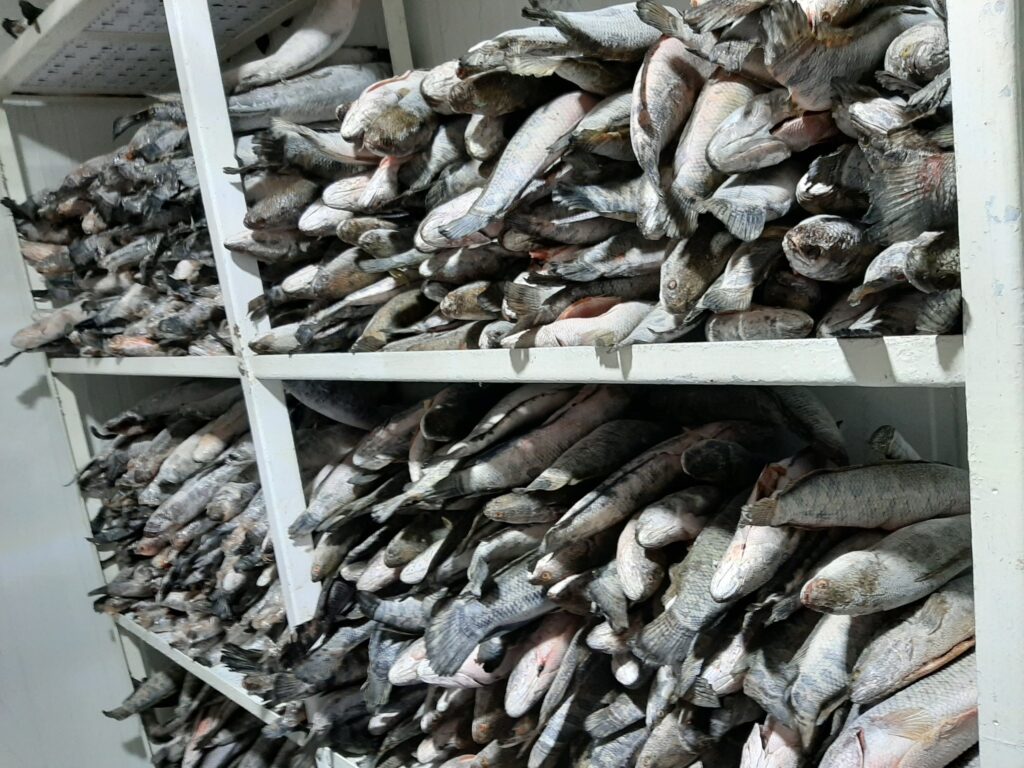Cold storage is vital for many objects that require temperatures that fluctuate. This includes artworks that have a high quality and chemical products that must be kept cool in an setting to ensure that they do not degrade.
The ability to track inventory and manage it accurately are essential for the management of cold stores. This means implementing precise control of the temperature and monitoring refrigeration, as well as using automated technologies.
Cost management
The expense of building an underground cold storage facility could be controlled with cautious planning beginning on Day 1 of the building process. It is essential to examine the location and make sure that it is compliant with the energy regulations.
Other strategies to save money include the purchase of automated vehicles as well as storage systems for warehousing, monitoring level of accuracy in inventory, and cutting down on employee expenses. Furthermore, using demand management technology helps cold storage facilities understand their operational patterns and make smart adjustments that improve efficiency in energy usage.
Finally, maintaining the equipment is crucial. This involves establishing a plan of action for each piece of machinery and making this schedule available to all employees. This helps the business spot potential problems prior to they turn into serious issues, which ultimately reduces repair costs and general storage expenses.

Energy-efficient refrigeration systems
Cold storage facilities depend on reliable energy systems to prevent costly losses caused by foods spoilage as well as other chemical vapors. The systems must be sized properly to ensure optimal performance and reduce energy costs.
If you are choosing a cold storage facility, ask questions about their refrigeration equipment and alternative power options. The facility should be able transfer or remove railcars as well as trucks efficiently, with minimal turnaround time for both incoming and departed shipments.
A well-organized transportation coordination system and efficient warehouse procedures are crucial to efficient cold storage supply chains However, automated monitoring and control tools can help achieve more operational efficiencies. Systems can be automated to monitor temperatures and quality checks, PO tracking, and various logistics processes to take the right decisions on the basis of real-time data.
Temperature control
A variety of industries depend on cold storage as a crucial element of their supply chains. They are crucial to long-term durability and efficacy of items such as pharmaceuticals, high-value art or art work that needs to be kept at a controlled temperature.
A constant low temperature will reduce the amount of waste and the costs of storage. Furthermore, it will ensure that products get delivered to customers in perfect condition.
In addition cold storage facilities must have a robust inventory management system to ensure precise information records. Keeping detailed records helps cold storage facilities follow HACCP, ISO 9001 and GMP guidelines as well as other regulations for safety. It is particularly important for specialized products like fruits and vegetables, which require different conditions for each room.
The management of perishable inventory
These facilities keep the food in top condition before it is distributed to the consumer. To guarantee safety and quality, these specialized warehouses need the highest level of monitoring and supervision to lam kho lanh. Companies are looking for new strategies to improve their cold storage chains to cut costs like land, electricity and labor.
One way to cut costs is through the use of transportable pallet racks and shuttle systems that use one operational aisle which saves floor space as well as reducing energy consumption by up to 80%. Furthermore, the latest tracking tools provide customers with live access to their inventory levels and historical invoices.
For optimal cold storage, it is essential to look at the data like throughput in addition to accuracy of inventory and speed of spoilage. Although these changes may not yield immediate profits however, they will make a big difference in costs in the long term.
Optimizing storage space
Effective warehouse and transportation processes is the foundation of successful distribution chains for cold storage. Warehouses are able to improve their productivity by employing automated monitoring and controlling systems. They will be able to monitor cost of shipping, accuracy of stock and rates of spoilage.
Warehouses also need to conduct periodic inspections on their facilities. This helps them identify any problems prior to them becoming major issues. For instance, ice accumulation on the walls or ceilings could cause damage to equipment or products, and pose a risk of fire. In order to avoid this happening it is recommended that warehouses regularly test their facilities for the presence of ice and remove it.
Integrating these methods into a Cold Storage supply chain management plan will save you money and ensure your customers their satisfaction. It is about adhering to stringent specifications for temperature and shipping requirements to prioritizing on-time deliveries, these strategies are critical for the success of your cold storage warehouse.